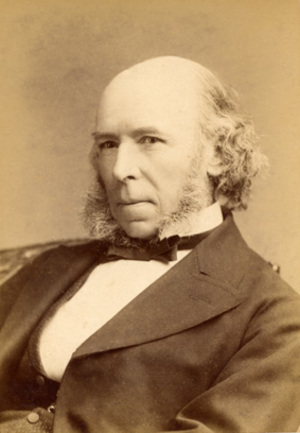Shortly after he published The Stranger in 1942, Camus also published a philosophical essay titled The Myth of Sisyphus later in the same year. Unlike The Stranger which was seen by many to be almost typical of other existentialist writings, yet contained ideas indicative of the theory of Absurdism only to a subliminal extent, this theory had yet to fully form. As the broad basis of absurdist thought had already been established by Camus in his existentially-inclined novel The Stranger, the purpose of The Myth of Sisyphus was to begin truly developing Camus’ theory.
The use of an essay rather than a story as the outlet of Camus’ philosophical projection proved to be more effective as through the essay Camus directly communicates his ideas, while his previous novel left a very broad spectrum of analysis which deemed many people to completely miss the absurdist elements in it. The essay itself contains four chapters: An Absurd Reasoning, The Absurd Man, Absurd Creation, and The Myth of Sisyphus. These sections deal respectably with the foundation of the absurd reasoning, the comparisons and contrasts of individuals deemed by Albert Camus to be absurd, the analysis of absurd elements found in man’s creation, and finally an in-depth allusion to Sisyphus, an entity of Greek mythology.
The essay begins by characterizing an absurd form of reasoning. Camus states that upon acknowledging the mundane nature of the world encompassing us, the only thing left to is to continue a search for meaning, no matter how futile, simply because it seems to provide us with a meaning. Camus illustrates his perspective stating that ideally the only thing one should do is accept the meaninglessness of life. While by doing so one is seemingly reducing what would otherwise be a fake, yet nonetheless satisfying meaning, acceptance, according to Camus, brings with it far greater significance than the ongoing search for meaning proclaimed by existentialism would bring. it and rejoice in this fact.
The paradoxical nature of the element of hope being a binding force is explored as it is seen almost synonymous with avoidance. Camus then proceeds to state that by hoping for a meaning that does not exist, one is not living one’s life to the fullest but rather avoiding the rational element of life in favor of a substanceless fantasy. While stating this, Camus does not neglect to acknowledge the sometimes undefeatable need of humans to seek meaning through emotion. He further states that in order to accept the absurd and therefore live to the fullest extent one must maintain one’s self in constant revolt and opposition of this need.
To develop the theory of absurdism in a more credible manner, Camus makes a series of analogies to various individuals. These are not specific entities but rather either myths, fictional characters, or simply generalized by profession. The first individual discussed as an example of an absurdist means of living is Don Juan the womanizer. Being reputable as a character with no substance tied to love the usage of Don Juan as an example of an absurd individual is indicative of Camus’ suggestion that superficial, unemotional, and unsubstantial love is the only true type of love, suggesting that everything else is irrational and a source of the false hope which has been deemed as an opposing force to one’s potential to fully live.
Following his allusion to Don Juan, Camus then refers to an actor. He states that by being able to manifest apparently real emotions and feelings which are not one’s own, the actor is able to serve as living proof of the futility, frailty, and almost non-existence of anything extending beyond the concrete reality of the world. Camus then alludes to the character of a conqueror. Through his active role of exerting power and influence, this power is not consistent with thought and feeling. According to Camus, the conqueror is suggestive of an awareness of mortality as well as living one’s life in the present while disregarding the past and futile future.
These three allusions are most likely used by Camus to draw the reader into the fourth and most prominent allusion, which through its relevance serves as a very appropriate example to the theory of absurdism. As the title of the essay would suggest, this final allusion is made to Sisyphus, a character of Greek mythology. Sisyphus was a King, credited for his clever, quick-witted nature on several occasions. He had betrayed Zeus by divulging his secrets, and as punishment Sisyphus was killed and then banished to the underworld. Even in death Sisyphus lived up to his reputation of slyness as he escaped to the living world again, yet only to be re-captured and taken back to the underworld.
This time, however, a much harsher punishment had been imposed unto him by Zeus, who forced Sisyphus to push a giant boulder to the top of an impossibly steep mountain. This task was both tedious and impossible as when nearing the tip of the mountain, the giant boulder would slip from his grasp, rolling back all the way to the bottom of the mountain. The same course of events would be undergone every time Sisyphus attempted the task, and the impossibly endless nature of the task is what coined the term Sisyphean which applies to tasks of a similarly futile, pointless nature and with no conclusive outcome. In alluding to this legend, Camus states that by accepting and acknowledging the futile nature of the world, this same futile nature ceases to be an impeding force and all that is left is to do is to continue living the unchangeably futile lives we have been condemned to, in the same way in which Sisyphus, although already devoid of life and condemned to the same thing for all eternity, keeps pushing.



